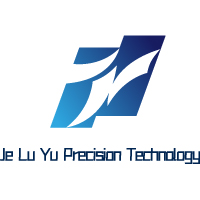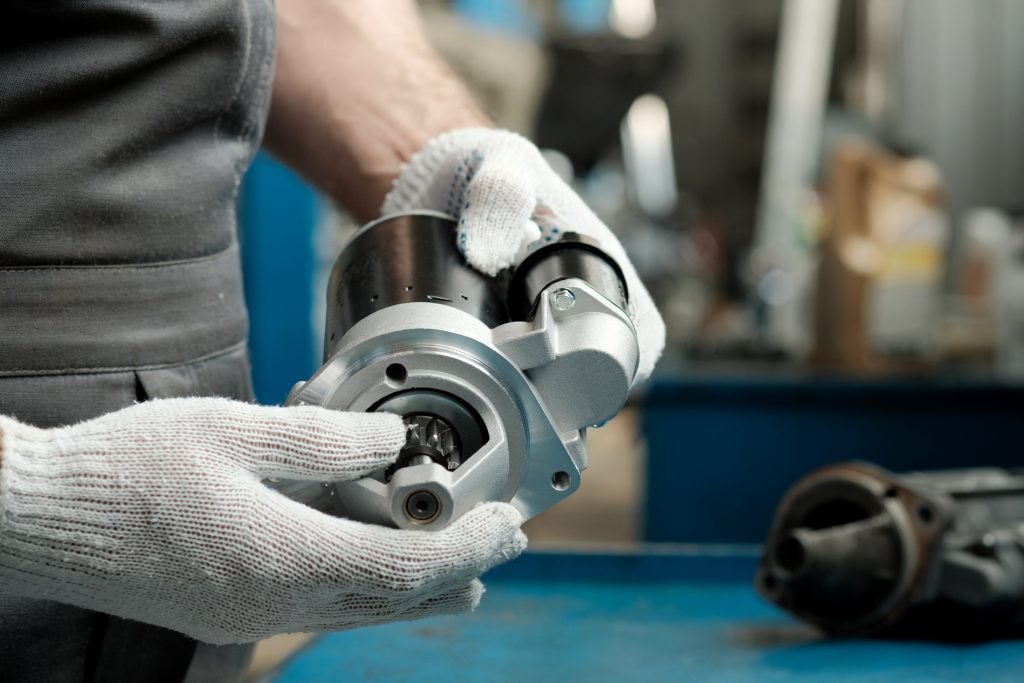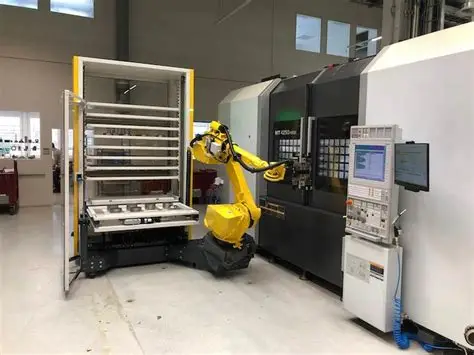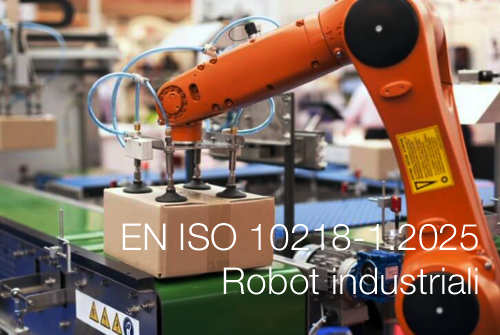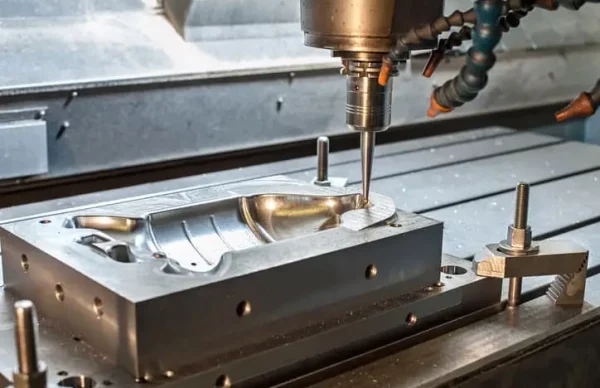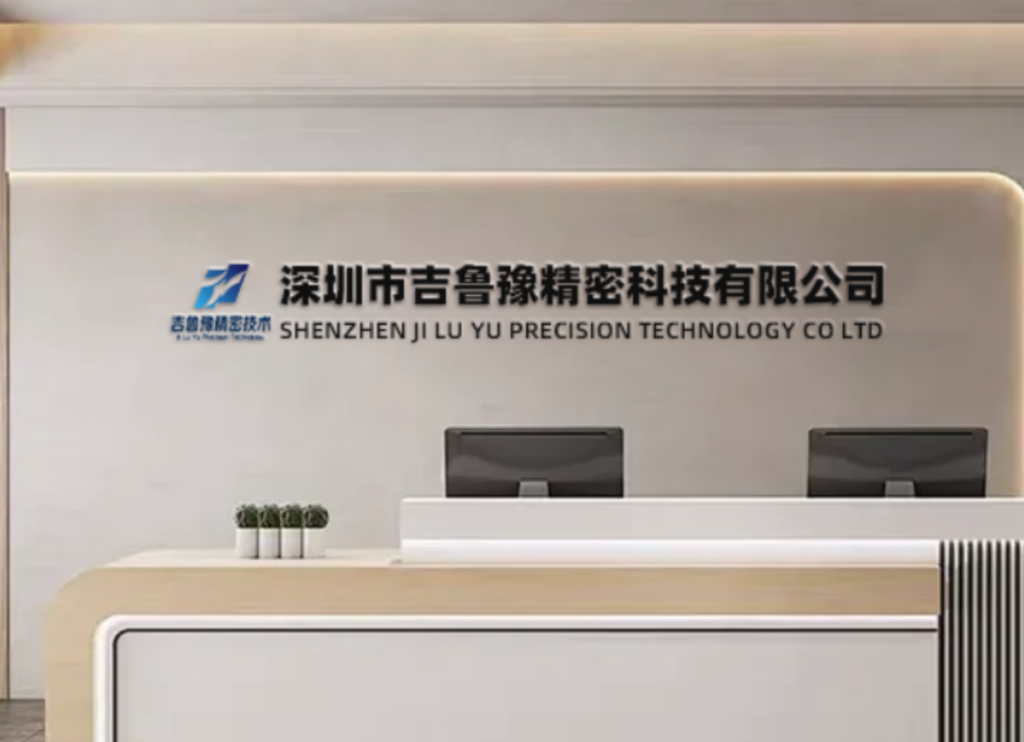High-Performance PVD Coating for Automotive Parts Solutions for Automotive Surface Finishing
In today’s automotive industry, surface finishing transcends aesthetics – it directly impacts vehicle performance, fuel efficiency, and component longevity. As emission standards tighten globally (China’s CN6, Euro 7), PVD (Physical Vapor Deposition) coating technology has emerged as the engineering backbone for automotive parts manufacturing. Chinese PVD coating service providers now lead in delivering cost-effective, high-performance solutions that meet stringent international specifications like T/CSAE 194-2021 for exterior trim and ISO TS16949 for drivetrain components48.
In addition to aesthetic improvements, PVD coating for automotive parts enhances overall vehicle reliability and performance.
The advantages of PVD coating for automotive parts include improved wear resistance and enhanced durability.
Additionally, PVD coating for automotive parts significantly contributes to reducing maintenance costs over the lifespan of the vehicle.
Why PVD Coating Dominates Automotive Surface Engineering
PVD coating creates micron-thin ceramic layers (typically 2–10 μm) through vacuum deposition techniques including cathode arc evaporation and magnetron sputtering. Unlike electroplating or thermal spraying, this zero-pollution process builds nano-layered structures that fundamentally transform part surfaces:
This technology has become crucial for achieving optimal performance in PVD coating for automotive parts.
-
Extreme Surface Hardness – Up to HV4000 (4x harder than hardened steel)6, resisting abrasive wear in engine and transmission components
-
Ultra-Low Friction Coefficients – As low as 0.02 for DLC coatings3, reducing energy losses in moving assemblies
-
Corrosion Resistance – Withstands 1,000+ hours in salt spray tests (per GB/T 10125-2012)8
-
Thermal Stability – Maintains integrity at temperatures exceeding 600°C (engine combustion chambers)
Table 1: Performance Comparison of Automotive PVD Coatings
| Coating Type | Hardness (HV) | Friction Coefficient | Key Applications |
|---|---|---|---|
| DLC (a-C:H) | 1500-4000 | 0.02-0.15 | Piston pins, fuel injectors, tappets |
| CrN (Cromastar™) | 2200-2500 | 0.10-0.20 | Stainless steel forming dies, decorative trim |
| TiAlN (Alastar™) | 3000-3500 | 0.25-0.35 | Turbocharger blades, high-speed cutting tools |
| TiCN (Ticastar™) | 2800-3200 | 0.20-0.30 | Extrusion dies, gear-cutting tools |
| Data compiled from industry applications126 |
Automotive Applications: Where PVD Delivers Maximum ROI
In fact, the value of PVD coating for automotive parts is recognized in various high-performance applications.
A. Powertrain & Drivetrain Components
Engine components face the triple assault of friction, heat, and cyclical stress. PVD coatings solve critical failure modes:
-
Fuel Injection Systems: DLC-coated plungers and valves withstand 180+ MPa pressures in common-rail diesel systems, reducing leakage by 70% and enabling precise fuel metering3. This contributes directly to 5%+ fuel savings and compliance with Euro 6/CN6 emission limits6.
By utilizing PVD coating for automotive parts, manufacturers can achieve significant performance gains.
-
Valve Trains: Coated tappets and rocker arms exhibit 40% lower friction losses versus uncoated surfaces. The StarArc DLC-T coating achieves 7+ μm thickness specifically for cast iron piston rings, eliminating cylinder scuffing36.
Furthermore, PVD coating for automotive parts enhances the overall efficiency of vehicle systems.
-
Transmission Gears: TiAlN-coated synchronizer rings show 3x life extension in clutch shift fatigue tests conducted by Chinese OEMs.
The integration of PVD coating for automotive parts is a game-changer in reducing component failure rates.
B. Tooling & Manufacturing Aids
Automotive stamping dies face punishing production schedules. PVD delivers:
-
Sheet Metal Forming: Cromastar™ CrN coating slashes galling when forming galvanized steel – uncoated dies require polishing every 100 parts, while CrN extends this to 7,000+ parts per coating cycle2.
-
Injection Molds: Combined PVD/PACVD systems coat cores and sliders with lubricious DLC, cutting cycle times by 15% through faster demolding1.
-
Re-coatability: Unlike TD treatment, PVD allows 5–6 recoating cycles via stripping without dimensional change – critical for $100k+ prototype dies2.
C. Exterior Trim & Decorative Finishes
Beyond function, PVD enables weight reduction by replacing chrome-plated steel with coated polymers or aluminum:
-
DecoBond™ Technology: Combines metallic PVD layers (Cr, Ti) with protective lacquers, achieving Class A finishes on grilles, emblems, and door handles5.
-
Performance Standards: Per T/CSAE 194-2021, automotive PVD finishes must withstand:
-
240h humidity exposure with zero blistering (Grade S0)
-
150kJ/m² UV aging without color shift (ΔE<2.0)
-
10+ J impact resistance (ISO 4532)8
-
Table 2: PVD Coating Durability Standards for Automotive Exterior Parts
| Test Parameter | Technical Requirement | Test Method |
|---|---|---|
| Adhesion | Grade 1 (0% detachment) | GB/T 9286 cross-hatch |
| Humidity Resistance | 240h @40°C, Grade S0 | GB/T 13893.2 |
| Weathering Aging | 1,500h QUV, ΔE<2.0 | GB/T 11186.3 |
| Gravel Impact | <2mm damage after 10 shots | ISO 20567-1 |
| Car Wash Resistance | No scratches after 100 cycles | ISO 20566 |
3 Real-World Cases: PVD’s Engineering Impact
Case 1: High-Pressure Fuel Injector Durability
A Chinese Tier 1 supplier faced injector leakage after 150,000 cycles – below the 300,000-cycle warranty requirement. JLYPT engineered a 5μm DLC-S coating applied via hybrid PVD-PACVD:
-
Result: 250,000+ cycles without seal degradation, enabling 180MPa operation
-
Savings: $4.2M/year in warranty claims reduction
Case 2: Aluminum Body Panel Stamping Die Protection
When forming aluminum hoods for EVs, a Shanghai stamping plant experienced aluminum adhesion on die radii every 30 parts. Our Cromastar™ CrN coating (applied via enhanced cathode arc) delivered:
-
1,200 parts per polishing cycle – 40x improvement
-
Surface roughness Ra<0.05μm – critical for Class A panels
-
Enabled switch from lubricant oils to eco-friendly water-based alternatives
Case 3: Chrome-Free Exterior Trim
For electric vehicles needing lightweight chrome alternatives, JLYPT developed a Ti-ZrN PVD stack with protective lacquer:
-
Achieved ΔE<1.5 vs chrome while passing 4-year Florida exposure
-
40% weight reduction vs metal substrates
-
Certified per T/CSAE 194-2021 and GB/T 30512 substance restrictions8
Choosing Your PVD Partner: Critical Capabilities
Choosing a partner with experience in PVD coating for automotive parts ensures superior quality and performance.
Automotive PVD demands precision beyond standard coating shops. Prioritize partners with:
-
Automotive-Specific Material Science – Look for DLC variants (DLC-T, a-C:H:W) optimized for engine components6
It is essential for automotive manufacturers to explore advancements in PVD coating for automotive parts.
-
Large-Part Capacity – Systems handling 500×200×150 mm dies (critical for body panels)2
-
Integrated Pre/Post-Processing – Vapor degreasing, ultrasonic cleaning, and micro-blasting ensure adhesion
-
Certified Quality Systems – IATF 16949 compliance and material traceability
-
Decorative Expertise – Color matching (ΔE<1.0) and UV-resistant topcoats
The Road Ahead: PVD in Next-Gen Automotive
As electric vehicles dominate, PVD adapts:
The ongoing evolution in PVD coating for automotive parts highlights its pivotal role in modern vehicle design.
-
Thermal Barrier Coatings – Insulating motor laminations
-
EMI Shielding Layers – Coating sensor housings
-
Tribologically Optimized Films – For noise-free seat mechanisms
Chinese innovators now lead in scalable PVD processes, delivering advanced PVD coating for automotive parts, enabling JLYPT’s Suzhou facility to coat 50,000+ fuel injectors monthly using Industry 4.0-enabled systems.
Contact: [email protected] | Website: https://www.jlypt.com
